INTRODUCTION
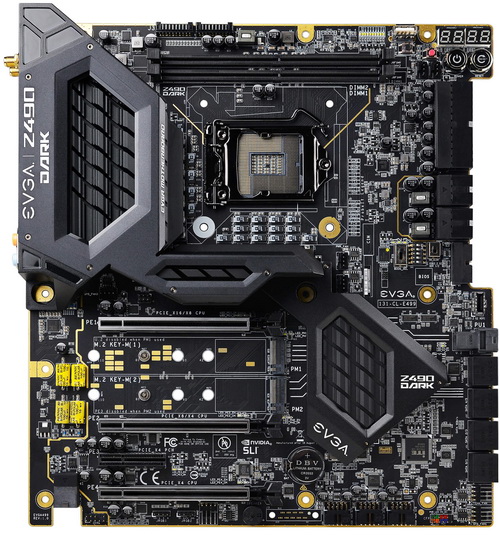
One of the very first PC hardware that drew my attention were in fact motherboards/mainboards. I still recall opening the horizontal case of my 80386DX system (my first one was actually based on a Cyrix CPU and not an Intel one) and staring at the motherboard to try and make out what each component was responsible for. Back then however i was almost 9 years old so even though i knew what the Sound Blaster 16 and Trident TVGA8800 cards did (audio/video) the only other things i could make out on the motherboard were the CPU (with its heatsink) and the single RAM module. Needless to say, that motherboards are still amongst my favourite hardware components for the PC and so since two years ago i decided to focus my reviews on Intel models the current consumer flagship Z490 couldn't be left out and so today I’ll be testing the Z490 DARK by EVGA.
EVGA is the #1 NVIDIA authorized partner in channel sales throughout North America. Based on the philosophy of intelligent innovation, market knowledge, and the real time operation, EVGA continues to identify the need in the market place and providing the solution to that need. By offering product differentiation, a 90 day Step-Up program, and other customer focused programs, EVGA is a clear leader in all categories: etail, retail, distribution, and system builders. With headquarters in Brea, CA, EVGA's global coverage includes EVGA GmbH in Munich, EVGA LATAM in Miami, and EVGA Hong Kong. For further information online about EVGA, visit https://www.evga.com.
The Z490 chipset was officially unveiled early last year with the first motherboard models getting announced in May (officially released a couple of months after that) so yes it did actually take some time for me to get the Dark model here. Now there are some differences between the Z490 and the Z390 chipset (or more accurately between the Intel Series 300 and 400 chipsets) the most significant being the new socket type (LGA 1200) which although compatible with LGA 115x coolers it requires one of the new Intel Comet Lake (or 10th generation) CPU's like the 10700/10900 models. There are however smaller differences present like the higher supported JEDEC RAM speeds (2666/2933MHz - which in turn means Z490 motherboards can support higher frequency RAM), 2.5GbE connectivity (Intel i225V NIC), Dual-Band WiFi 6/BT 5.1 connectivity (AX201) and finally PCIe 4.0 support (this however is not available on all Z490 motherboards). As for the Z490 DARK well it features all of the above (minus PCIe 4.0 support) plus an 18-phase digital VRM design, two DIMM slots (dual-channel configuration) which can support to 64GB of DDR4 RAM at speeds surpassing 4800MHZ, two large aluminum heatsinks, three full-length EMI shielded (and reinforced) PCIe 3.0 slots (x16/x8-4/x4), single PCIe 3.0 x4 slot, two M.2 SSD slots (up to 110mm long models - these share bandwidth with the U.2 port and the PCIe 3.0 x4 slot), six native Intel SATA 6Gb/s ports (support RAID 0/1/5/10), two ASMedia (ASM1061) SATA 6.0Gb/s ports, single U.2 NVMe port, dual probelt connectors, two RGB connectors and right angled power connectors. Just like the Z390 Dark the Z490 Dark also shares several innovative features including PCIe disable switches (allow the end user to disable PCIe slots for troubleshooting), CPU slow-mode switch (can be used to change the CPU ratio on-the-fly to minimum), safeboot button (boots directly into the BIOS without changing your settings - handy if your system will not boot with those settings) and the triple-bios selection switch. In terms of connectivity things haven't changed much here either so once again we find a mini DisplayPort output, six USB 2.0 ports (via 3 internal headers), 4 intel USB 3.2 Gen1 Type-A ports (2 external & 2 internal), 6 external USB 3.2 Gen 2 ports (5 Type-A and 1 Type-C), Intel i225V 2.5 GbE (10/100/1000/2500) Ethernet port, Intel i219V Gigabit (10/100/1000) Ethernet port, AX201 Dual-Band WiFi 6/BT 5.1 (2x2 antenna based), NU Audio amplifier (for stereo speakers and headphones/headsets) and the Realtek ALC1220 High Definition Audio onboard audio card. So, let's see what the new Z490 Dark is capable off and of course just how it compares to its predecessor.
SPECIFICATIONS AND FEATURES

PACKAGING AND CONTENTS
Once again EVGA ships the latest Dark motherboard inside a black box that has the model name at the front, their logo and some of the main features.
At the rear we can see contact information for EVGA, their 3-year warranty and several certification logos.
The moment you open the box you'll see a note from EVGA informing you that in case of any issues/defects you should return the product to them and not where you bought it from.
Most of the bundle is placed inside individual aluminum-foil like bags and on a piece of cardboard placed over the motherboard.
The bundle is pretty much identical with that of the Z390 Dark so along with the Z490 Dark mainboard/motherboard EVGA also packs a full size virtual guide (made out of thick plastic), rear I/O shield, two plastic WiFi Antennas, four SATA 6Gb/s Cables, SLI bridge, two probelt voltage measurement connectors, two M.2 Thermal Pads, M.2 screws, motherboard mounting screws, 10 very tall standoffs, plastic case badge, compact USB flash drive (contains the initial drivers) and the installation guide.
THE Z490 DARK
At first glance the Z490 Dark looks identical to the Z390 Dark and it actually is (almost) since EVGA has followed the same successful design.
Once again what really stands out are the two thick black aluminum heatsinks (linked via heat pipes) placed on the top left (18-phase VRM) and on the lower right (Z490 chipset).
With room for only 2 RAM modules the Dark once again "limits" all those who may want to grab 16/32GB (2x8/16GB) right now and 16/32GB more later on.
On the top left corner, we find two LED post indicators (these can be configured via the BIOS to display either temperatures or voltages in real time - or both), safe boot (black) button, clear CMOS (red button), two CPU PWM fan headers, dedicated USB port for BIOS flashing, and the power on/off and reset buttons.
Further down we see the PCIe disable switches, slow-mode switch and the BIOS selection switch.
As mentioned already the Z490 Dark has three full-length EMI shielded (and reinforced) PCIe 3.0 slots (x16/x8-4/x4) and a single PCIe 3.0 x4 slot which shares bandwidth with the 2nd (bottom) M.2 slot (meaning you can only use one of the two).
The Realtek ALC1220 onboard audio card is located just next to the rear I/O right next to the NU Audio amps.
A 6pin angled power connector is also located on the far lower left (according to EVGA this connector actually provides dedicated power to the PCIe x16 slots, augmenting the +12V power provided by the 24-pin and the GPU directly).
One of the features that the Z390 Dark lacked was support for RGB peripherals (fans/LED strips/cases) which we clearly see here (via two RGB/ARGB headers).
All three internal USB headers are also angled for easier access (and zero interference with cards).
Taking a look on the other side we find the 8 SATA 6Gb/s ports, U2 NVMe port and an USB 3.1 Gen2 port.
Further up we find two 8pin mainboard power connectors, the 24pin ATX mainboard power connector and a USB 3.1 Gen1 front panel connector (all are angled).
The rear I/O hasn’t changed at all compared to the Z390 Dark so once again we find a PS/2 connector, two USB 3.2 Gen1 ports, two Antenna connectors, clear CMOS button, five USB 3.2 Gen2 ports, single USB 3.1 Gen2 Type-C port, two Ethernet ports (2.5GbE/1GbE), mini DisplayPort output, and the 5.1 analog/digital audio output (the rear I/O shield is not pre-mounted).
For Z490 reviews I’ll be using the Intel Core i9-10900K CPU along with a Kingston KC2500 1TB M.2 NVMe SSD and 16GB (2x8GB) of DDR4 4GHZ RAM.
Z490 DARK BIOS
Once again when you enter the BIOS you can choose between loading preset and automatic overclocks (Gamer Mode and OC Robot), load the default settings or enter the BIOS and adjust it on your own.
The BIOS has a total of 6 tabs and as expected almost everything related to overclocking is placed under the OC Tab. Here you can change the multiplier, set the BCLK frequency and of course adjust every voltage you could ever want to or have the need for (as with my Z390 reviews the I9-10900K will be set at 5GHz with a RING ratio of 47).
As expected from the Memory tab you can use one of the available XMP profiles, set the frequency, adjust voltages and of course you can also adjust the timings.
Under the Advanced tab you can access the various CPU technologies, check information on the CPU and of course adjust everything else related to the mainboard and all the included peripherals such as the audio card, LAN and fans (there's an AMD graphics driver health which actually does nothing).
Of course, as always you can adjust the time and date and all the various boot options from the Boot tab.
Inside the save and exit tab you can save your BIOS settings into various profiles, override the boot sequence and restart the system.
The extras tab includes a very convenient CPU stress test, automatic overclock feature, several OC profiles by KINGPIN and Luumi and the BIOS update option.
ELEET X1 SOFTWARE
If you'd like to skip entering BIOS you can overclock your system using the ELEET X1 software by EVGA.
As you can all see here you have almost every CPU overclock setting available in the BIOS, just easier and faster to navigate.
The same of course applies to the RAM since you can also tweak timings from the ELEET X1.
Typically, the software also has a health monitoring tool available, information on the system, RGB adjustment (5 effects) and a drop-down menu which again gives you information on the system (need to point out that these screenshots were taken after my benchmarks when i had replaced the 4GHZ 16GB RAM with 3.2GHZ 64GB RAM).
From the right top corner, you can launch the setup tab from where you can have the software start with Windows, check for updates and load one of the 9 available profiles.
TESTING METHODOLOGY
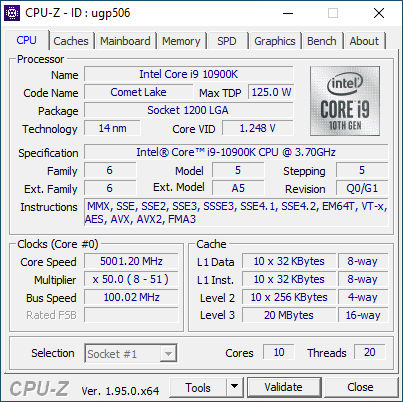
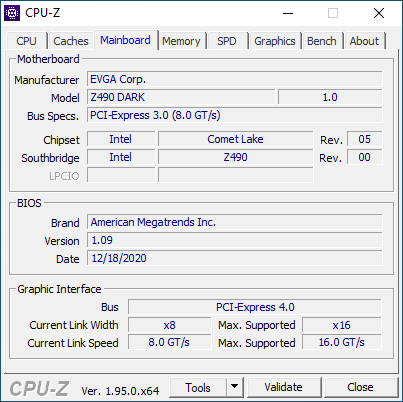
Exactly like used to do in the past each mainboard to arrive in the lab will get mounted on an open-air test bench and will be used for no less than two full weeks (daily tasks and gaming) with a fresh Windows 10 Pro installation. All motherboards arriving here will be tested with the top CPU of that line available at the time of each review (I9-9900K for Z390/I9-10900K for Z490) together with 16GB (2x8GB) of DDR4 4GHZ RAM. Now I don’t know if I will need to change this anytime soon but for now all CPUs will be set at 5000MHZ (CPU ratio set to 50 - of course voltages may vary slightly from motherboard to motherboard) with their RING/NB frequency at 4700MHZ (ratio set to 47).
I did think about pushing each motherboard to the max to see which is the better overclocker but 5GHZ 24/7 is more than plenty today, not only in terms of performance but also temperatures (not to mention there are colleagues of mine who have been focusing on maximum overclock potential). Instead i decided that it'd be far more interesting (not to mention accurate) to see which motherboard is the fastest when using the same exact hardware components/configuration (CPU/RAM/COOLER) with the same exact overclocking frequencies *. To figure that out i'll be using several benchmarking programs (6 repeats after which the average numbers will get recorded in the charts) like AIDA64, CINEBENCH R20, CPUZ, Passmark Performance Test, RealBench and the Sisoftware Sandra Titanium 2020 version. Needless to say, that between different system configurations these charts also do a great job pointing out the difference in CPU performance.
* Charts will contain other system configurations as well in order to better showcase the performance of the reviewed system.
TEST RESULTS - AIDA64 / CINEBENCH R20

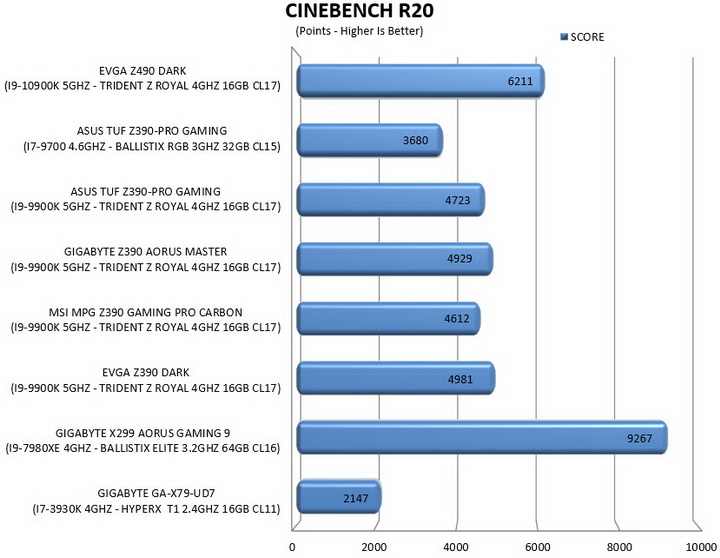
#
TEST RESULTS - CPUZ / PASSMARK PERFORMANCE TEST
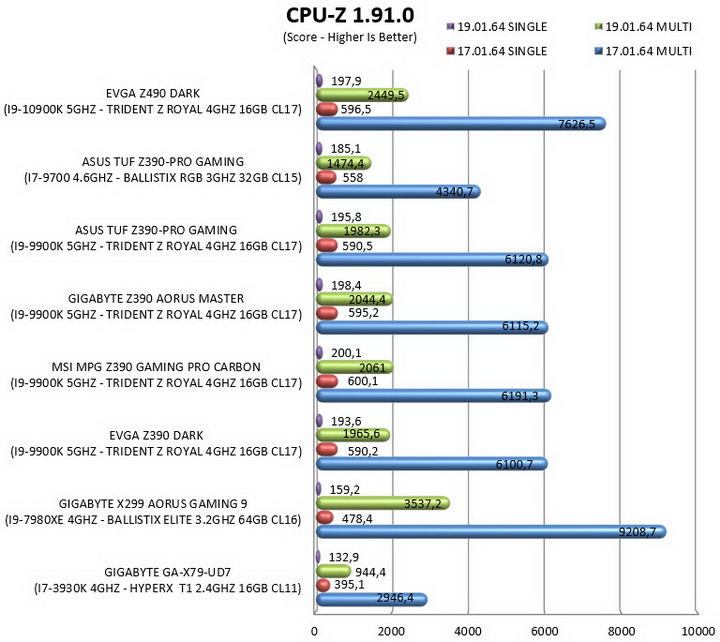
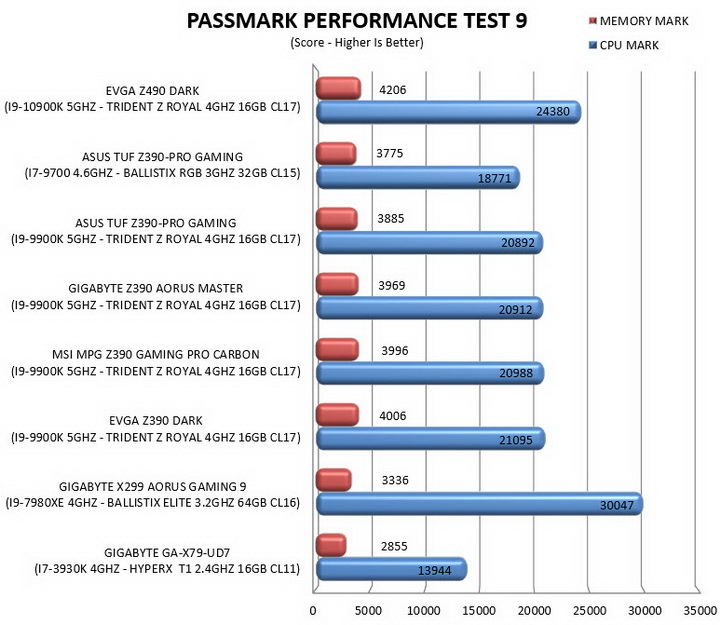
TEST RESULTS - REALBENCH / SISOFTWARE SANDRA TITANIUM 2020
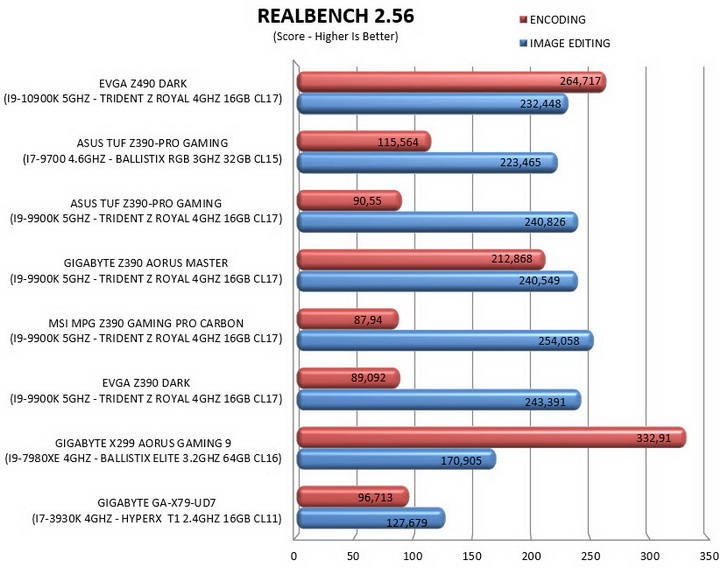
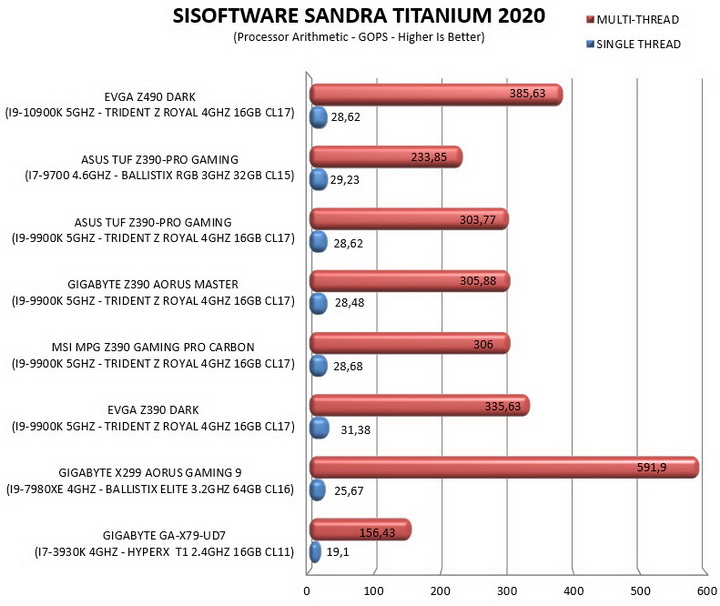
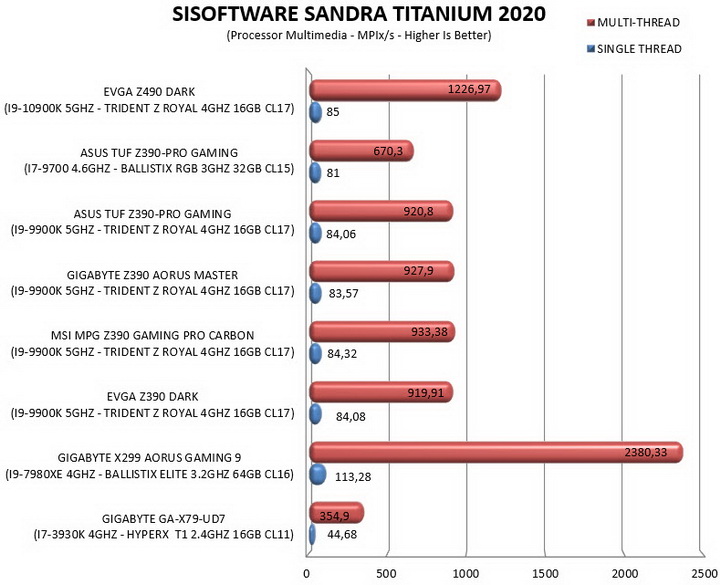
CONCLUSION
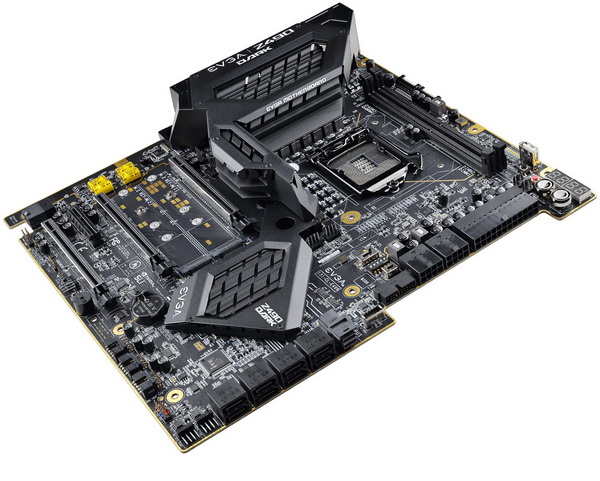
Honestly the Z390 Dark was a great motherboard to begin with so i kind of understand why EVGA wouldn't change many things about the Z490 Dark, especially its design and heatsink cooling system. Still even having a single PCIe 4.0 slot would be nice, not so much because it would propel GPU performance to new heights (it wouldn’t) but rather for marketing purposes. Again, I understand that by using two RAM slots EVGA can ensure higher stability levels but again some people may see this as something negative since they can’t expand the amount of memory later on. Also, as you can see from the screenshots hitting 5GHz is extremely easy (pointing this out because I used to hear how hot these CPUs get), as long as you have a good cooling system mounted (for both the Z390/Z490 motherboard tests I’ve been using the Fractal Design Celsius+ S36 Prisma AIO). So, what about its other features? Well, the ALC1220 onboard audio card may not be something to get excited over (not worse than the Reckon3D of the Z390 model, not better either however) but if you have a 2.5G compatible modem/router/switch the difference in performance compared to regular Gigabit cards is significant (roughly 120% performance gain from a pair of network tests i performed). Unfortunately, I didn’t have a WiFi 6 modem/router to test the onboard Intel AX201 card but it should offer a good bump in performance (again, if you have a compatible device).
The Z490 Dark Motherboard by EVGA already counts 4 months in the market and currently retails for USD419.99 inside the USA (Amazon.com) and for 431.42Euros inside the EU (Amazon.de) a price which I consider balanced for what you’re getting in return. Overall the sole downside right now is that the new Z590 Dark has already been announced (which is also why the price of the Z490 Dark dropped) but considering that the new 11th Generation Intel CPUs are still at least 2 months away (and even though they will have higher performance per core they will have less cores compared to the previous generation) the Z490 Dark should still have quite a bit of life left in it. That being said however there’s no denying that the EVGA Z490 Dark motherboard is second to none (at least in terms of performance and OC features) and for that it gets the Platinum Award.

PROS
- Build Quality
- OC Potential (18 Phase Design)
- 3 Reinforced & EMI Shielded PCIe 3.0 slots
- OC Features (PCIe Disable Switches / Slow Mode / Safe Boot / Triple BIOS / Dual Clear CMOS Buttons / USB BIOS Update Port)
- Available BIOS Settings
- NU Audio Amplifier
- U2 Port
- Angled Connectors
- Bundle
- Price (Recent Price Cuts)
- 3 Year Limited Warranty
CONS
- Dual DIMM Design
- No M.2 Heat Spreaders
- PCIe 3.0

 O-Sense
O-Sense





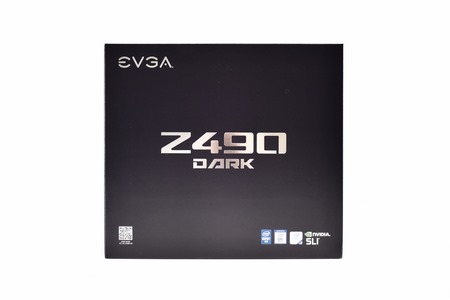
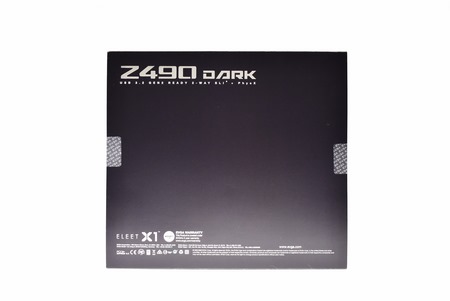
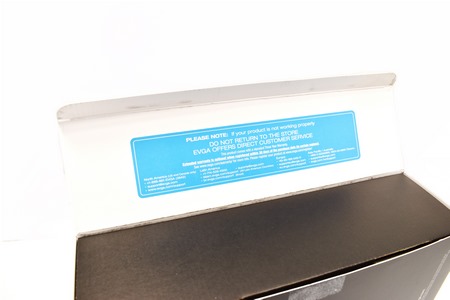
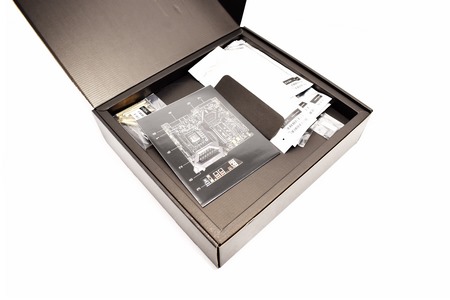
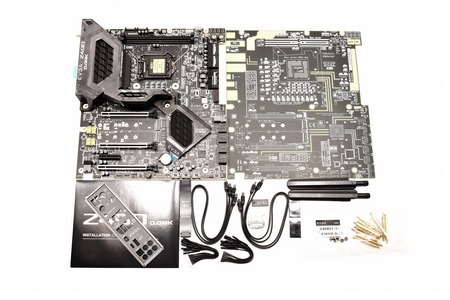
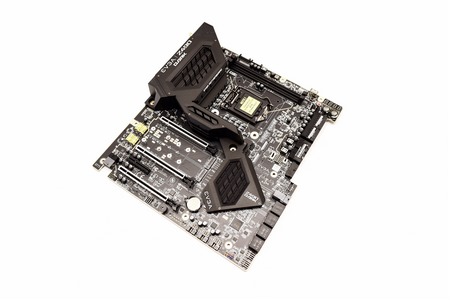
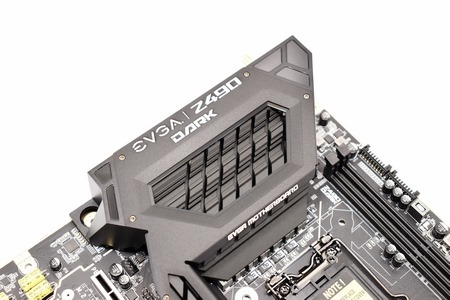
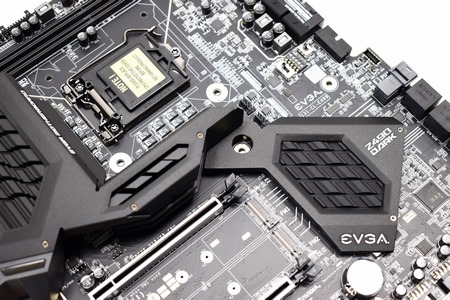
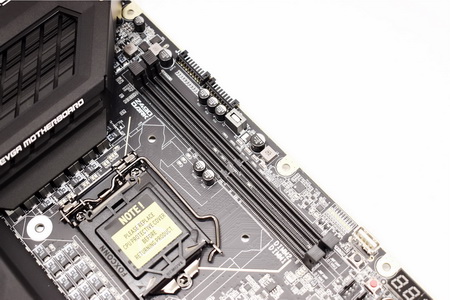
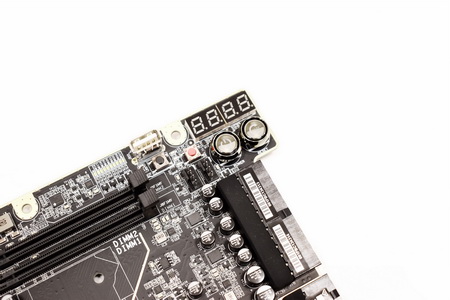
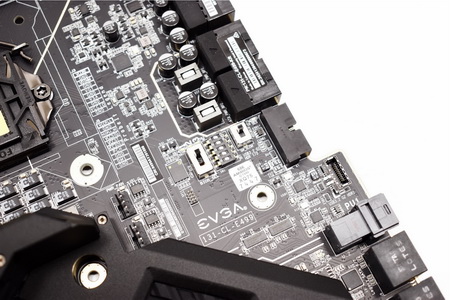
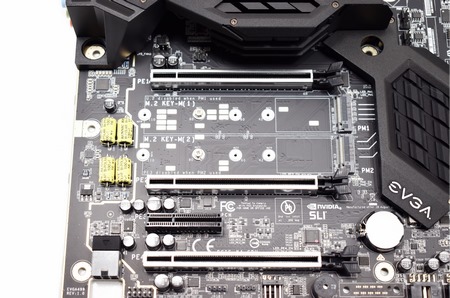
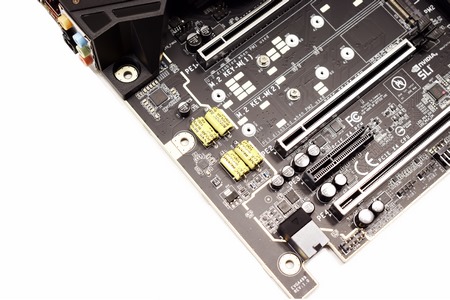
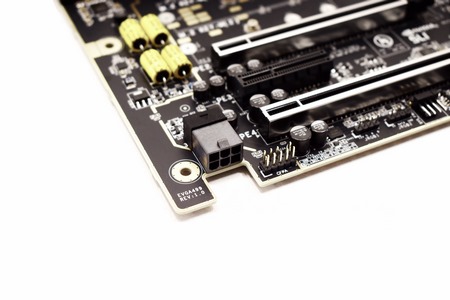
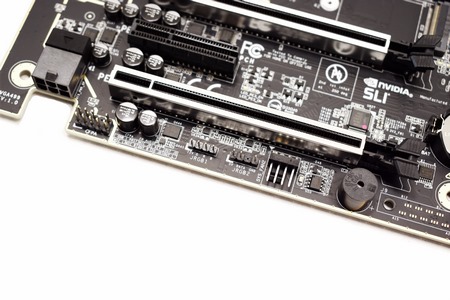
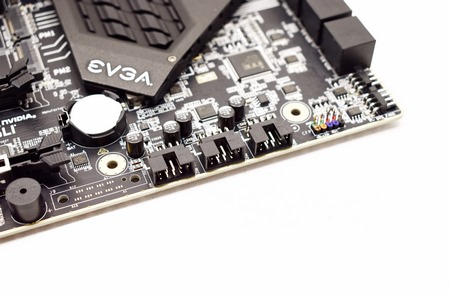
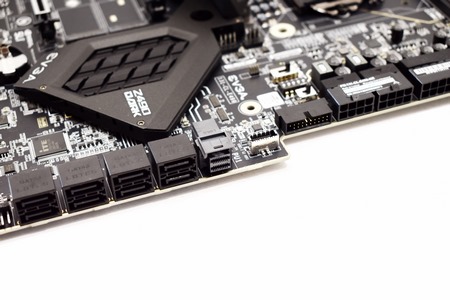
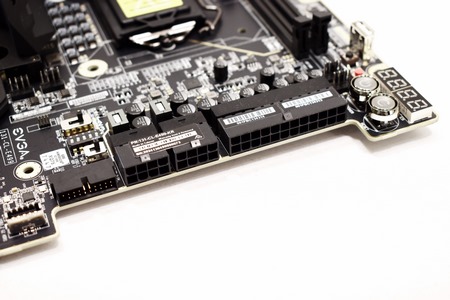
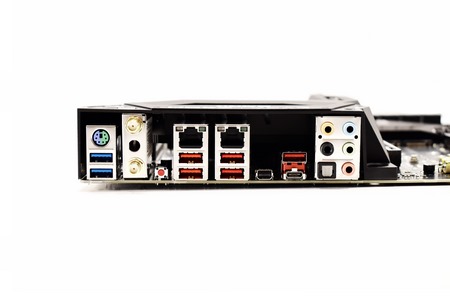
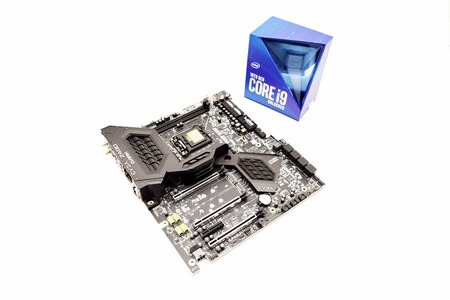
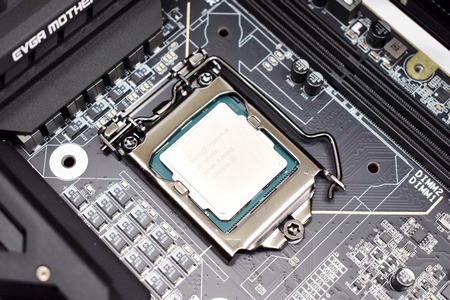
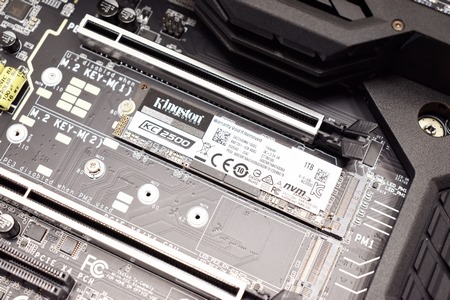
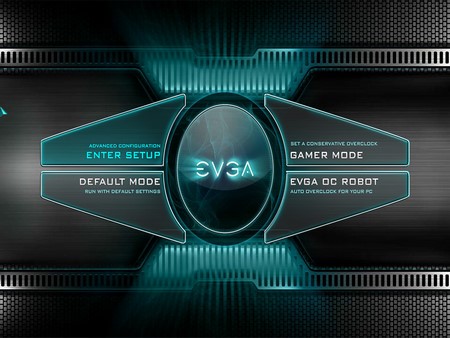
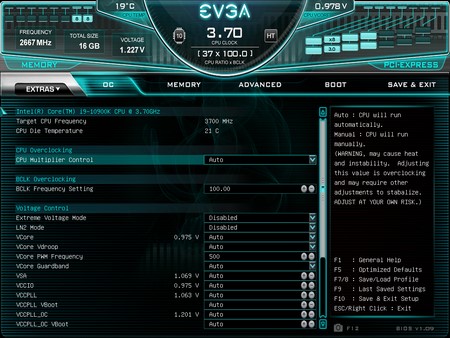
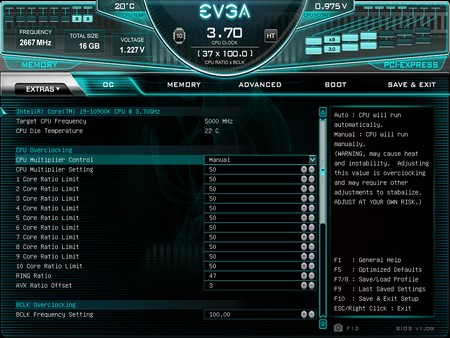
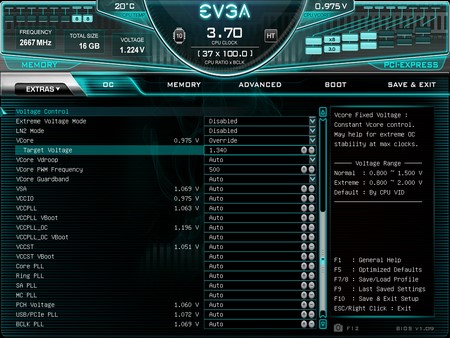
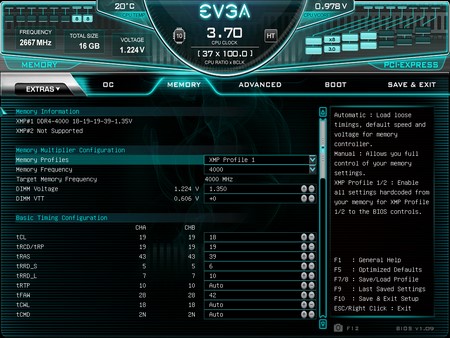
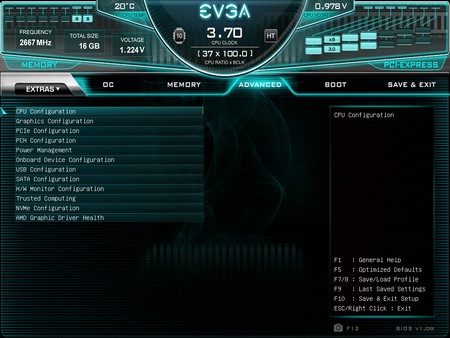
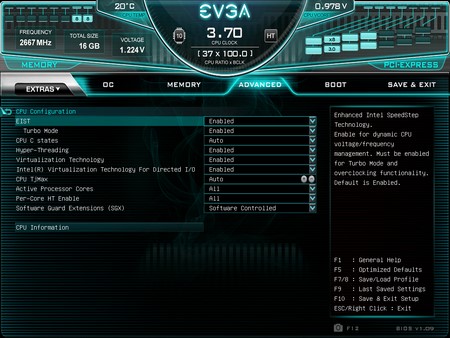
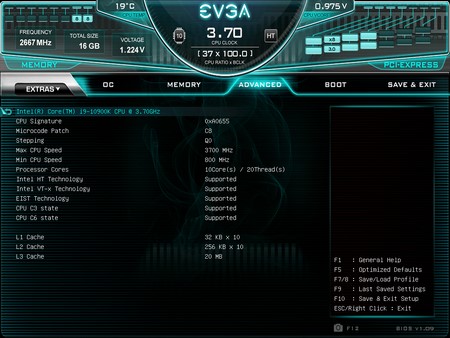
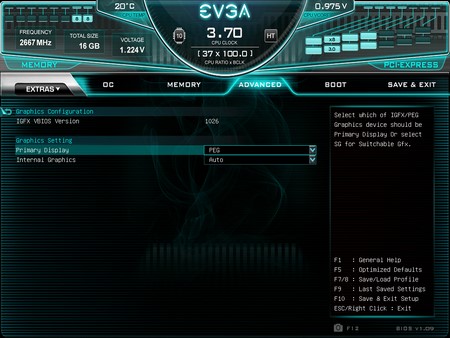
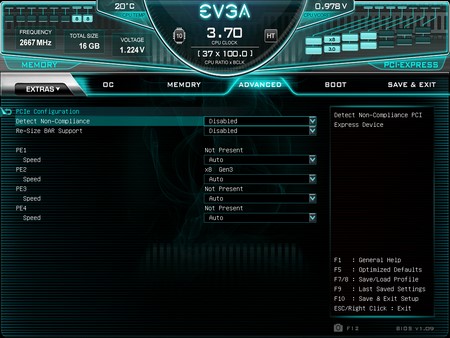
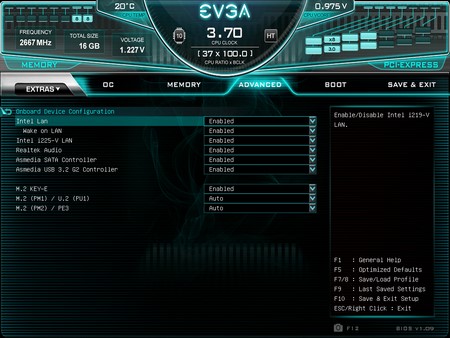
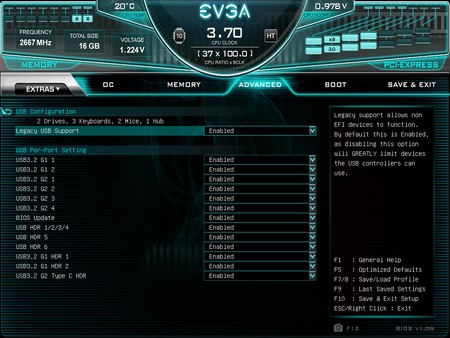
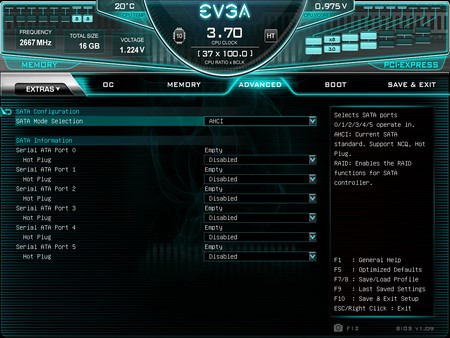
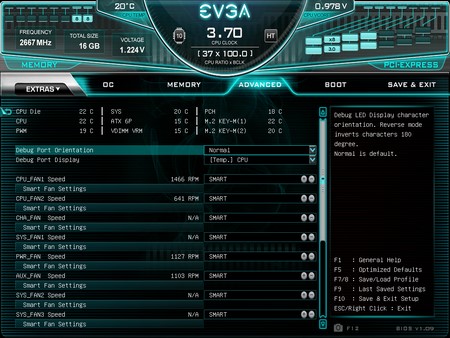
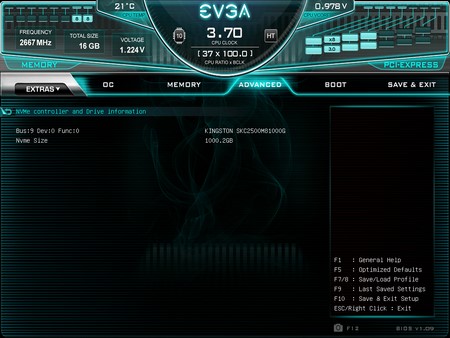
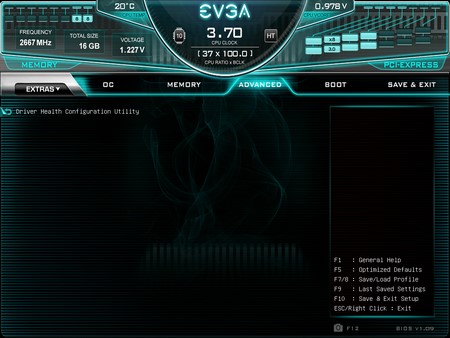
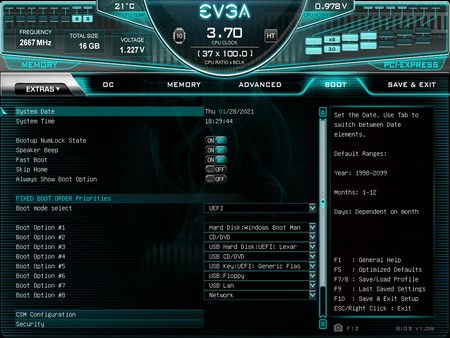
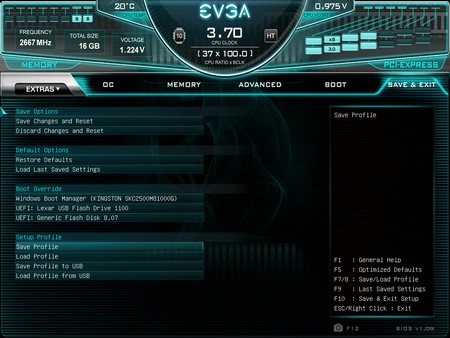
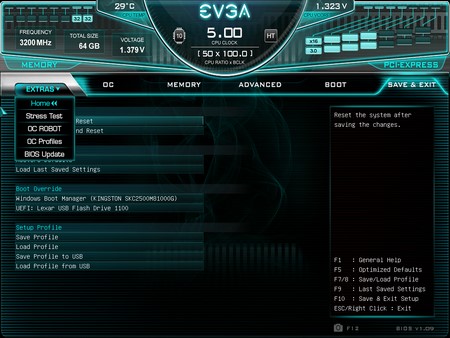
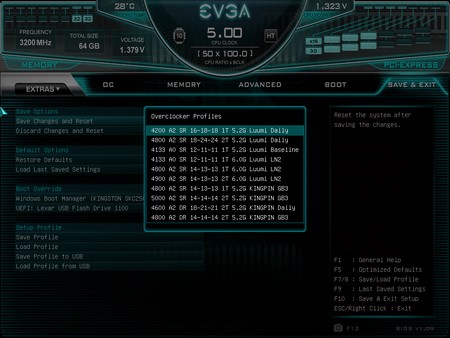
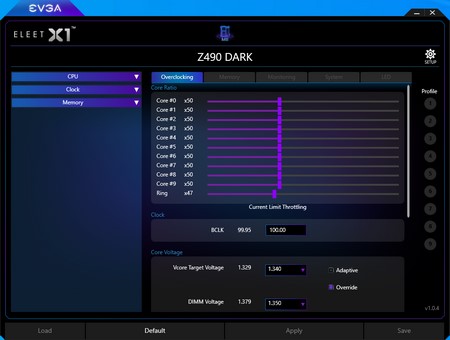
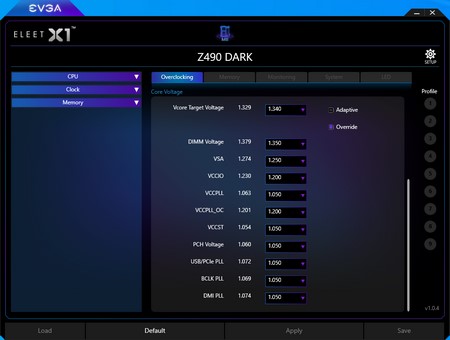
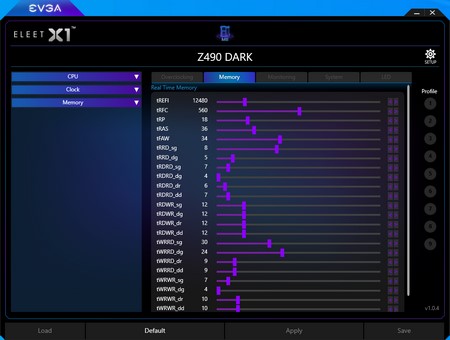
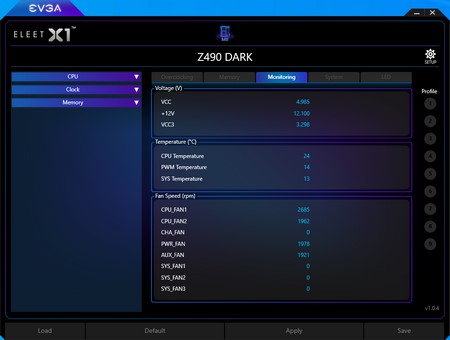
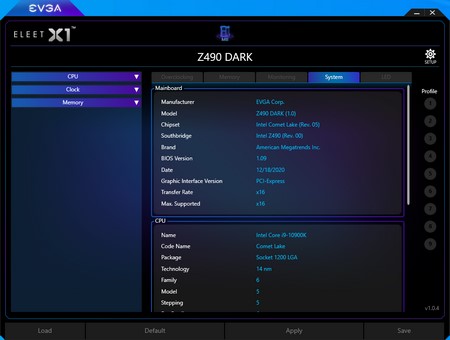
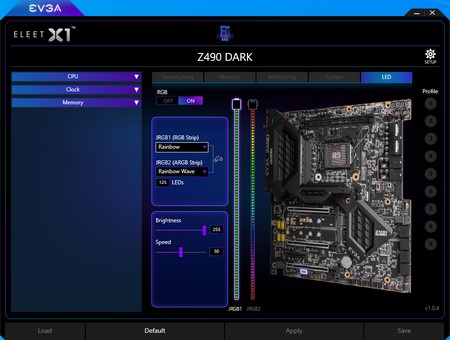
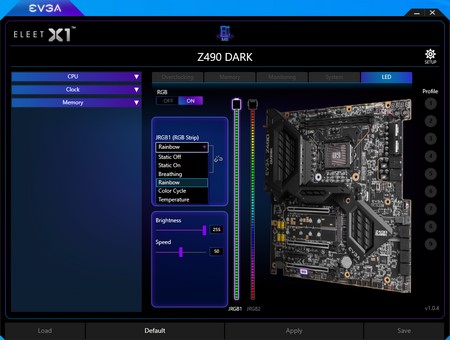
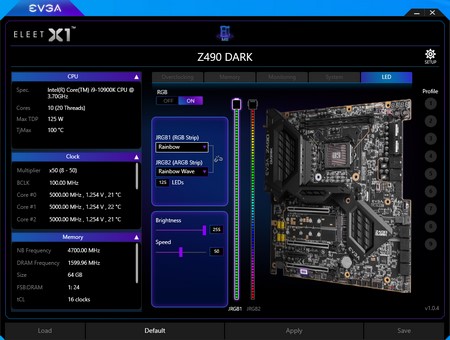
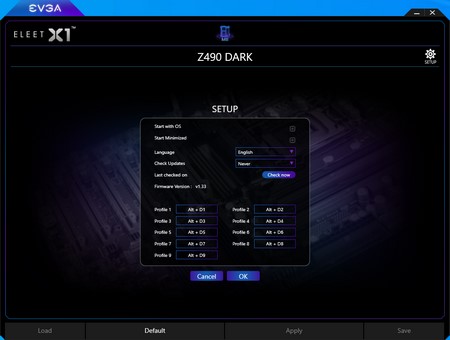


.png)

